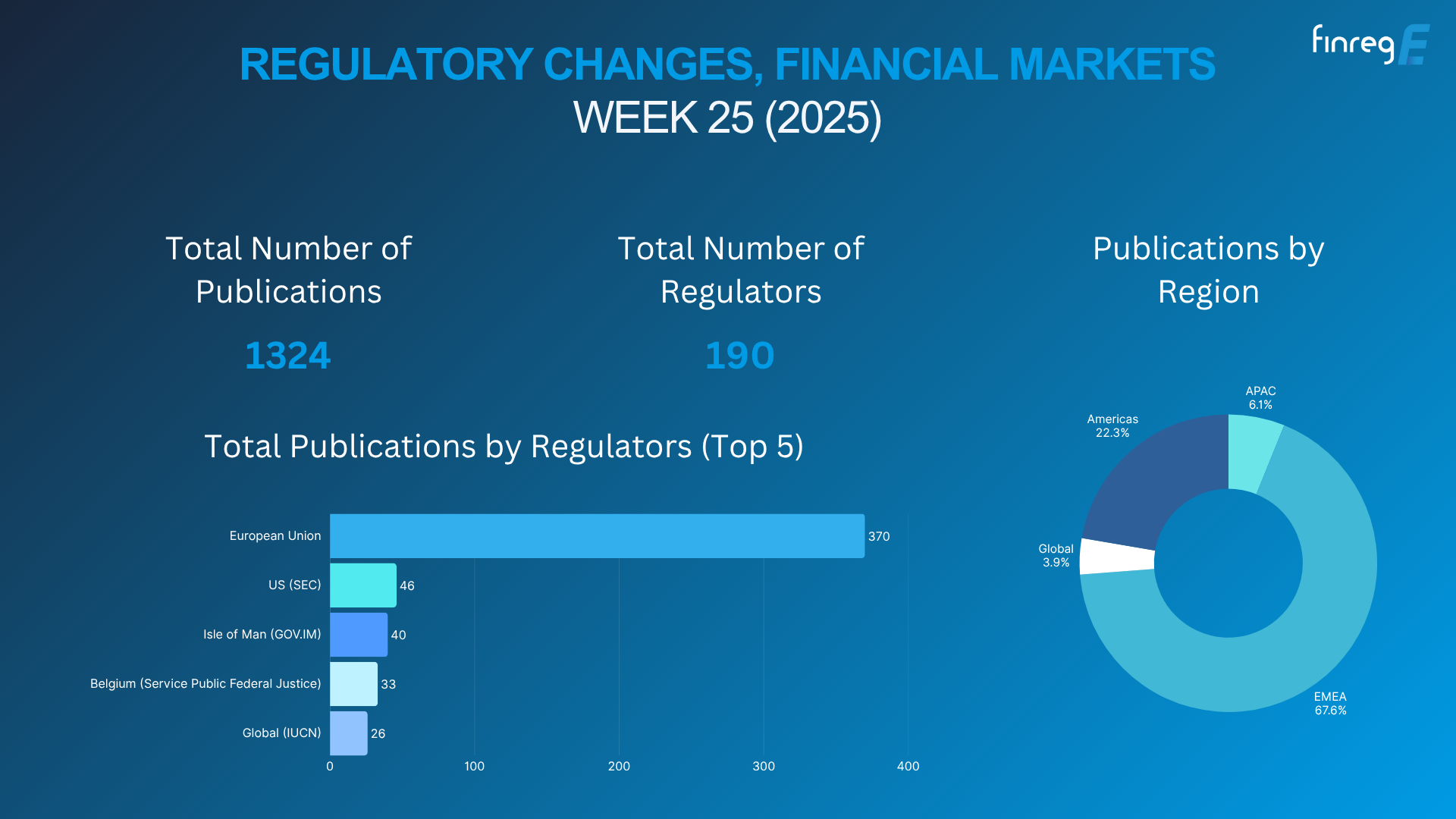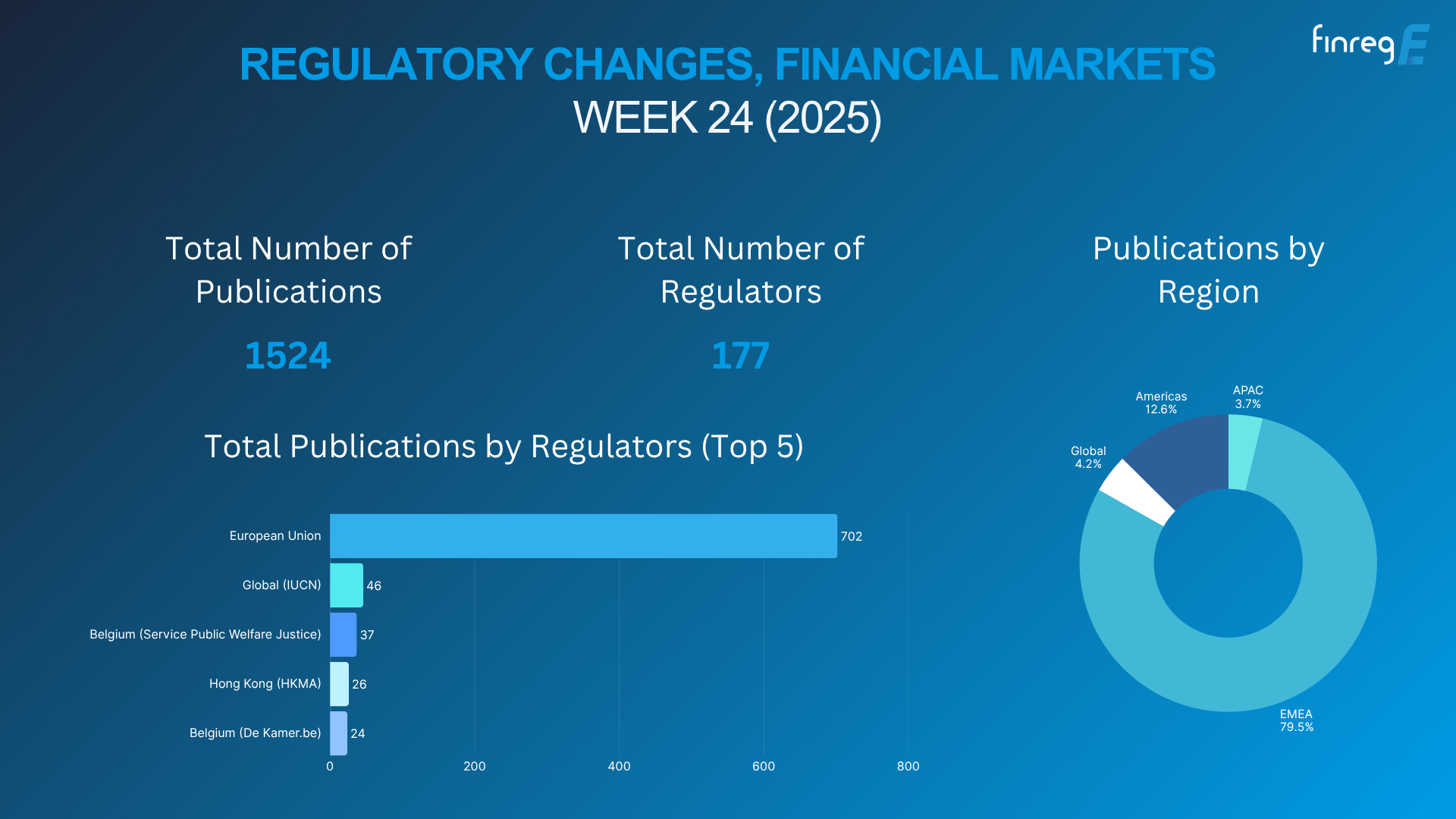A recent development that has caught the business world’s attention is the ongoing Apple vs Epic battle.
At the centre of the lawsuit sits a move by Epic to implement an in-app payment system on Fortnite—their flagship game. A move, which Apple claims violates the regulations and guidelines that govern the App Store.
This led to the tech giant blocking the Fortnite app immediately. Epic then filed a lawsuit against Apple claiming that the company is actively involved in anti-competition policies.
While this news may seem somewhat irrelevant to financial institutions, there’s a lot compliance officers can learn. As it stands, regardless of who wins the lawsuit, the losing party will pay penalties in lieu of non-compliance.
This battle between these tech giants highlights just how important it is to comply with regulations regardless of the size of your business or the industry you belong to.
Unfortunately, not every company has the time or manpower to stay ahead of all the regulations they need to comply with in real-time, effectively—especially financial institutions.
Beyond regulatory censure and hefty penalties, being caught on the wrong side of the law can have a disastrous effect on reputation and credibility; something institutions like banks can’t afford.
Here are four steps that can simplify this process.
Keep an eye on regulatory changes
As is common knowledge in the industry, compliance is not a one-and-done process, so to speak. Governing bodies introduce new regulations and amend the existing ones regularly to ensure the safety of both financial institutions and consumers.
As a result, it becomes necessary to keep an eye on the horizon to identify changes in regulations and the gaps that may arise across your compliance controls; a process we refer to as regulatory horizon scanning.
What it does is ensures that when there are changes in regulations, your company is proactive and amends compliance controls, policies and processes in line with these, which, in the long run, reduces the risk of hefty penalties as a result of non-compliance.
Create a powerful line of communication with your teams
Regulatory developments often require changes across your existing policies to ensure compliance with new rules and standards.
Your employees, however, may not be aware of new regulations or the changes in company policies, hindering the effectiveness of your compliance controls.
One way to avoid these particular challenges is to establish a transparent line of communication with your employees. As part of this, document any policy changes and the justification behind those changes, and make the documentation accessible to your teams via digital means.
It’s also a best practice to include employee training as part of your compliance controls to make sure your employees adapt to new regulations without losing out on productivity or efficiency.
Conduct regular audits
Regular internal audits can help you identify procedures that may conflict with new regulations and detect any obsolete or inefficient practices that your teams are still following.
To reduce the strain this can have on your resources, working with independent external auditors or automating the scanning process and conducting periodic audits can go a long way towards streamlining this process.
It also supports long-term efficiency gains, allowing your teams to focus more on creating and executing new compliance policies, instead of doing something modern technology is already equipped to do.
Use the right software
Ensuring regulatory compliance without the proper tools is complex at the best of times.
Financial institutions with the right compliance tools, on the other hand, are more likely to implement the necessary changes rapidly and without too much of an impact on their daily operations.
With advances in AI and machine learning, compliance software tools are far more capable and intelligent than before. Moreover, you can eliminate human error with these software tools by automating documentation and compliance monitoring.
Most of these solutions are also widely accessible and can be tailored to suit your organisation’s specific needs.
Streamline your processes to avoid the fallouts of non-compliance
The modern financial landscape is becoming more complex on an almost daily basis, and this brings with it a spate of risks. To remedy this, regulatory bodies enforce new regulations to ensure the safety of both your institution and the consumers you work with.
By following some of the best practices highlighted above, you ensure your team is on the right track and reduce the financial and non-financial risks of non-compliance.





